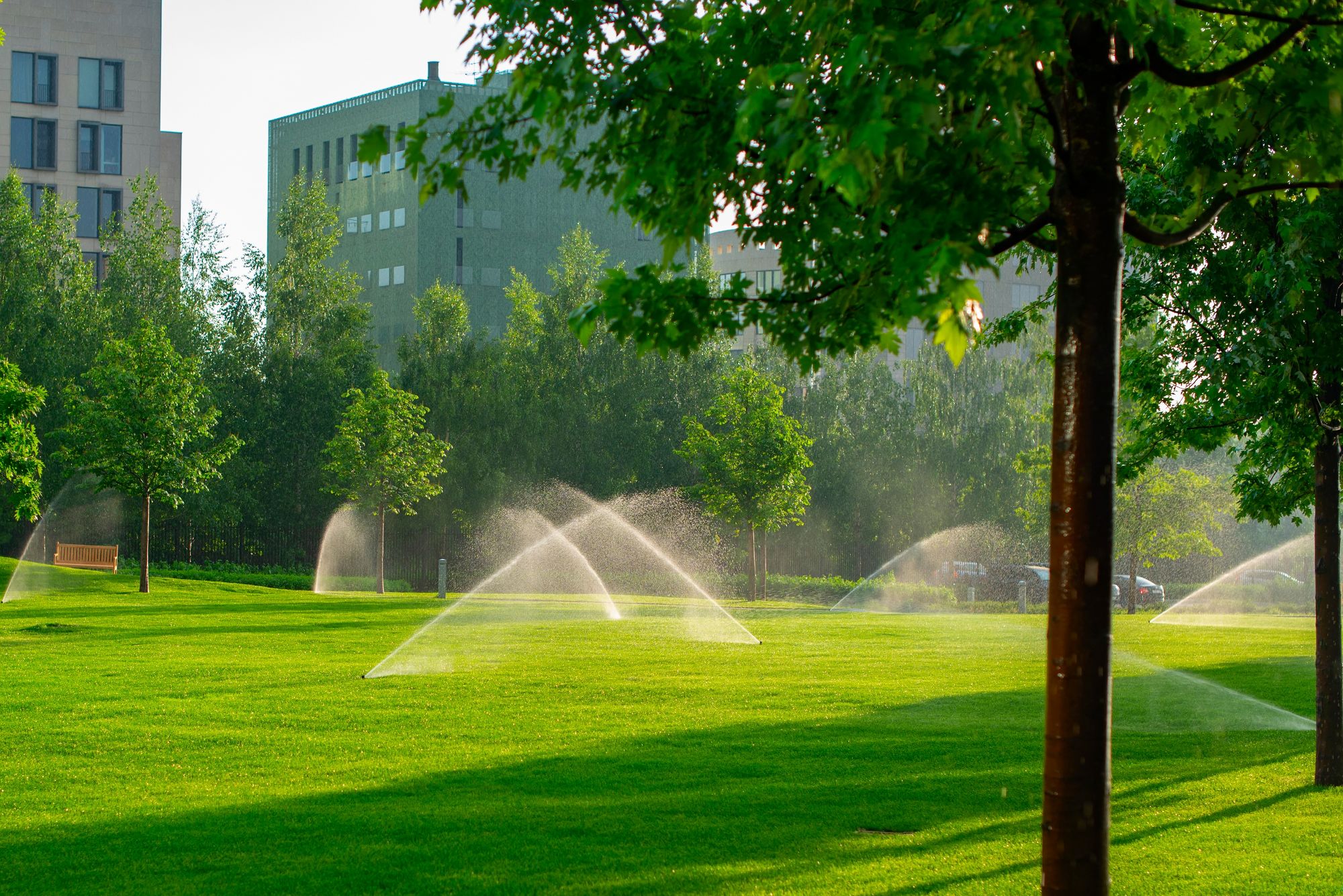Revitalize Your Yard: A Comprehensive Guide to Renewing Lawn Health

Introduction: Is your once-lush lawn looking lackluster and in need of a revival? Don’t worry – with the right strategies, you can bring your yard back to life. This guide to renewing lawn health covers everything from soil rejuvenation to strategic seeding, ensuring your outdoor space becomes a vibrant oasis once again.
1. Soil Rejuvenation Techniques: Reviving your lawn starts from the ground up. Explore methods such as core aeration, which loosens compacted soil and improves water and nutrient absorption. Consider soil testing to identify deficiencies and tailor your approach to rejuvenating soil health.
2. The Art of Overseeding: Give your lawn a fresh start with overseeding, a process of sowing grass seed over existing turf. Learn about optimal seed types for your region, when to overseed, and techniques like slit seeding for improved seed-to-soil contact and germination rates.
3. Renovation vs. Restoration: Distinguish between renovating and restoring your lawn. Renovation involves more intensive measures like removing old grass and starting anew. Restoration focuses on revitalizing existing grass through improved care. Determine which approach suits your lawn’s current condition.
4. Targeted Pest and Weed Control: Addressing pest and weed issues is vital for a healthy lawn. Explore advanced pest control techniques such as nematodes and beneficial insects. Dive into spot treatments for stubborn weeds, minimizing chemical use while maximizing effectiveness.
5. Nutrient Boosting for Recovery: Your lawn needs a nutritional boost during its recovery phase. Discover specialized fertilizers formulated to aid in root development and stress recovery. Incorporate organic matter like compost to improve soil structure and nutrient retention.
6. Seasonal Transition Care: Successfully transitioning your lawn between seasons is crucial for its health. Implement practices for preparing your lawn for colder months, such as fall fertilization and proper mowing heights. Gradually adjust your watering routine to match changing weather patterns.
7. Disease Diagnosis and Management: Identifying and managing lawn diseases requires precision. Learn how to diagnose common issues like fungal infections and brown spots. Utilize preventive practices such as proper mowing and watering, and explore targeted fungicides when necessary.
8. Hydroseeding: Hydroseeding is a modern method of lawn establishment that involves spraying a mixture of seed, water, fertilizer, and mulch onto prepared soil. Explore the benefits of hydroseeding, including faster germination rates and improved seed-to-soil contact.
9. Sustainable Lawn Care Practices: As you revive your lawn, consider adopting eco-friendly practices. Choose native plants that require less water and maintenance, reducing the need for excessive care. Implement rainwater harvesting and xeriscaping techniques to conserve water.
10. Monitoring and Long-Term Care: After revitalizing your lawn, ongoing monitoring is essential. Keep an eye out for signs of stress, pests, or diseases. Adjust your care routine as needed and stay committed to the long-term health of your lawn.
Conclusion: Breathing new life into your lawn is a rewarding journey that requires dedication and strategic planning. By following this comprehensive guide to renewing lawn health, you’re equipped with the tools and knowledge needed to transform your yard from tired to thriving. With perseverance and the right techniques, your lawn will flourish once more, becoming a source of pride and joy for you and your family.